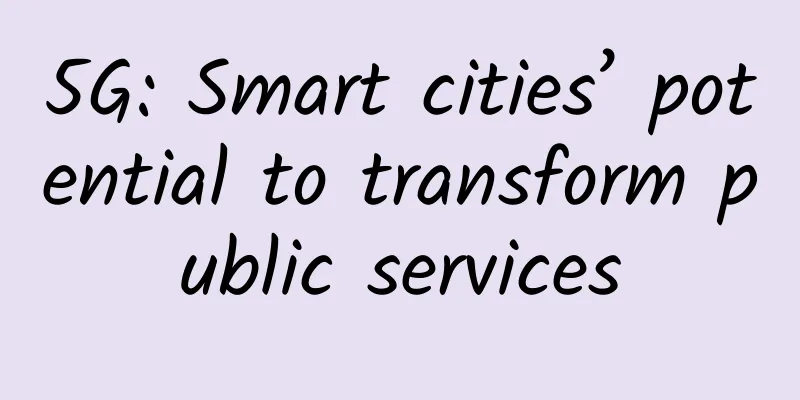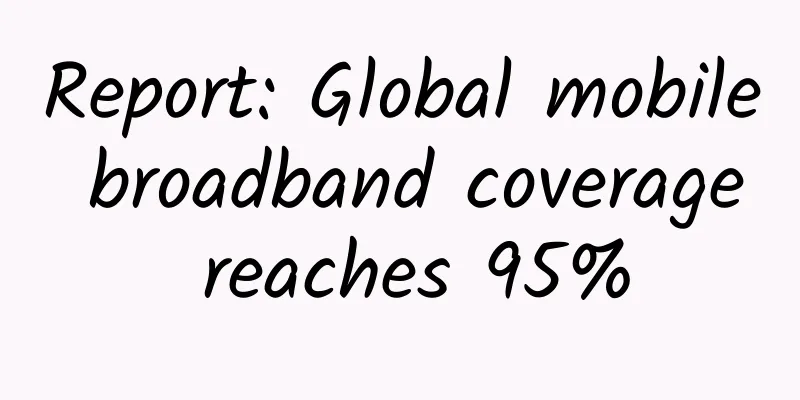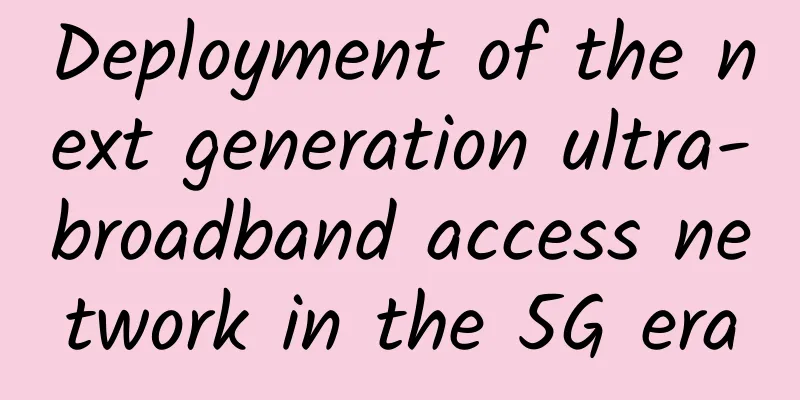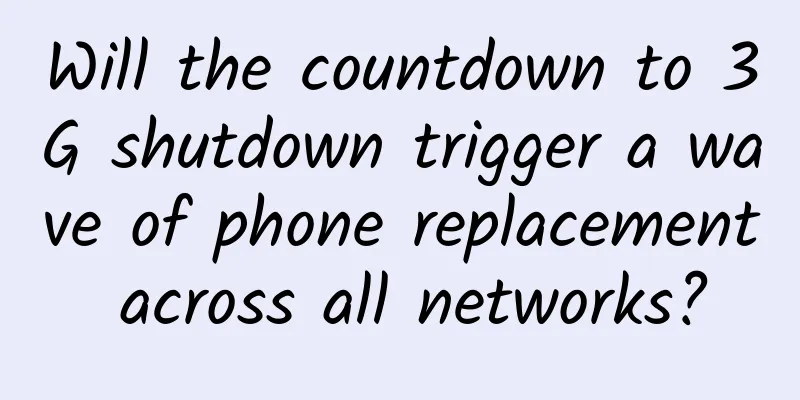5G: Smart cities’ potential to transform public services

|
While drawing parallels between 5G and national security and Theresa May's policymaking, Iain Searman discusses the use of 5G networks to support smart cities. On our increasingly urbanized planet, technology is transforming the lives of millions of people as smart cities begin to become a reality. It is predicted that nearly 70% of the world’s population will live in these cities in the next 30 years; this rapidly growing new population of urbanites will require housing, jobs, healthcare, infrastructure and services. 5G has been hailed as a game-changer that will make smart cities a reality, enable greater automation and seamless connectivity, and unlock the potential of emerging technologies to transform public services and the economy. What can 5G do for a city?5G is expected to be 30 times faster than current network infrastructure and will allow seemingly instantaneous two-way data transfer. This will unlock the potential of the Internet of Things in smart city environments, connecting more and more smart devices to improve public services, including electric vehicle charging stations and public transportation to reduce congestion and be able to cope with growing demand. For example, households in some European cities now deposit their waste in municipal smart bins that monitor waste levels and optimise collection routes, making local authorities more efficient in delivering waste collection services and better meeting consumer demand. More efficient vehicle movement will be an important factor in reducing congestion while enabling people to move freely through the cities of the future. As the number of workers entering and leaving cities every day continues to increase, transportation infrastructure is under increasing pressure to move people quickly and safely. Connected autonomous vehicles (CAVs), which are capable of making decisions faster than humans, are already being introduced on our roads with the aim of reducing human error. Furthermore, a connected fleet could improve the reliability of public service operators using our roads, from emergency services to buses to refuse collection trucks; future vehicles will be able to be proactive rather than reactive, transmitting data to predict maintenance and prevent unplanned downtime. How does 5G work with IoT?The speed of 5G will have the biggest impact on the way we interact with technology to access services. The low latency and high reliability of the new 5G networks means that, for example, many aspects of healthcare can be transformed into a remote consultation experience for patients and medical professionals through seamless communication through the technology, saving medical professionals time, resources and money. The emergence of wearable technology in the new connected IoT environment opens up the possibility for patients to use sensors to transmit data to help study medical conditions, as well as to keep healthcare practitioners informed of the status of individual patients. The Internet of Things represents a major shift towards more effective use of data to manage assets, resources and services across all public services and to improve efficiency. Its potential will be welcomed by public sector organisations, which are under constant pressure to do more with less. How are spending cuts in the UK faring?At a time when spending on public services has never been under such scrutiny, 5G will enable organisations such as the police, NHS and government to harness new technologies to improve efficiency, productivity and save money in the long term, helping to automate processes that would otherwise take up significant budget and time. For example, it is possible to make health records simpler and more secure for professionals and patients, reducing the risk of security breaches. The NHS has been targeted by hackers several times in recent years, partly due to the large amounts of sensitive data it stores and outdated legacy security systems. The rollout of 5G will allow for rapid updates in technology and improved security measures, which will help ensure the safety of important confidential information. But while the promise of 5G is almost within reach, achieving it will certainly not be smooth sailing, and security is one of the initial red flags currently flying in the UK. Hardware security issues have already hampered the rollout of the country's 5G network, which will rely on a robust, future-proof network infrastructure. Limited budgets and the need for skilled IT teams to manage the transition to new technology may also slow down the transformation process for organizations. The challenge for the public sector will be to transition from traditional legacy systems, culture and ways of working so that they can maximise the potential of 5G and take full advantage of the smart, new, connected world of the future. |
>>: What is the difference between 5G and 6G?
Recommend
5G news is coming! China Mobile has opened trial commercial services to 15 provinces: over 100 million users, no need to change to 5G phones
On October 14, at the "5G Message Ecosystem ...
The next generation of Internet communication networks is about to be deployed. Is IPv6 security protection ready?
Recently, the General Office of the Communist Par...
10 excellent log analysis tools that network administrators must have
If network administrators want to master network ...
Current limiting is never an easy task!
[[354146]] This article is reprinted from the WeC...
Why has the Bluetooth technology, which was almost forgotten, remained strong until now?
If you have used the earliest generations of smar...
Master traffic suppression and storm control to take your business to the next level
1. Traffic Suppression 1. Overview Problems in th...
EuroCloud: Los Angeles CN2 GIA/AS9929 30% off from $3.5/month, Hong Kong CN2 VPS 40% off from $3/month
Eurocloud has launched a July promotion, offering...
Chip shortages, edge computing and IoT will drive IT transformation in 2022
Forrester Research pointed out in its research th...
F5 Launches Industry-Leading Training Program in Asia Pacific to Help Develop Next Generation of Technology Talent
F5 Networks (NASDAQ: FFIV) today announced the la...
WOT2018 Wang Xiaobo: The "Phoenix" model of cache management, you deserve it
【51CTO.com original article】Seven years of hard w...
China Broadband Truth Investigation (Part 2): Why Internet speed is always different from what is advertised?
No matter which operator you apply for broadband ...
RAKsmart: VPS starts from $0.99/month, dedicated server starts from $20/month, US/Hong Kong VPS/cloud server starts from $19.9/year
Yesterday we shared the news of RAKsmart recharge...
5G is not yet popular, and 6G is coming?
In 2022, have you already switched to a 5G phone ...
White Box in the Enterprise: Why Isn't It a Popularity?
[[411229]] If you’re in an enterprise CIO, CFO, o...
「Product News」Interpretation of Dataphin's real-time R&D of batch and stream integration
background Every time the bell of the Double 11 g...









